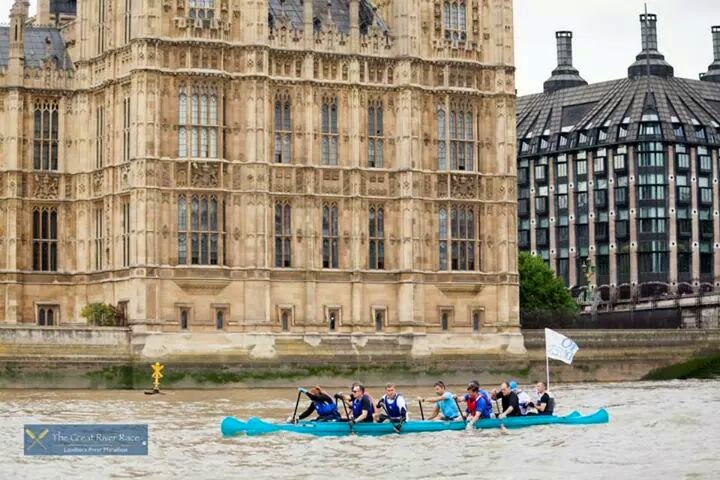Once again, we welcome you, new readers and old, to our shoemaking blog.
This last two weeks has seen us teaching our October Intensive Shoemaking Course. Today is the penultimate day and the students are rasping their heels, so good progress has been made.
Being popular and well known shoemakers (in our own heads, at least), we occasionally get given the odd bit of shoemaking kit. And a few weeks ago, we were given a pair of long boot trees
Initially, these appeared to be much like the ones we use for our riding boots.
Except that when we opened them up, they had a curious hollowed out middle with a spring loaded section and small metal post which acts as a guide and puts some tension into the trees. We thought they were both curious and ingenious. I spoke to our last maker and he said he had seen them before but never made a pair. Apparently they make them a bit lighter too which is good.
And this leads on to trees in general. We always include a pair of bespoke trees with our bespoke shoes and boots.
These have a few functions, the main ones being reducing creasing on the vamp and wicking away moisture from the inside of the shoe.
These are our typical shoe trees
They are hinged and hollowed out underneath for lightness. These have been varnished, but normally, they are untreated so that they absorb moisture from the inside of the shoes.
You push the fore part in first and the close down the back part and this puts a stretch on the shoe which pulls the vamp back into shape and helps to make the creasing on the break better. The leather shrinks back into its original shape better.
They are made by the last maker who made the lasts for the shoes in question. When the shoes are finished, we pull the lasts; put in socks and then send both the shoes and the lasts back to the last maker who will make the trees.
Obviously the majority of people won't have bespoke trees, but bought ones serve the same purpose and are highly recommended for good quality leather shoes.
When it comes to ankle boots, the trees change slightly and come in 3 parts.
These perform the same functions as the shoe lasts but are fitted slightly differently - you place the fore part in; then the back piece is fitted; and then the middle piece goes in and is wedge shaped and stretches the boots to their original shape.
The last type of tree we make are the long boot trees, for example, for riding boots, like the ones above.
These are four piece, with a foot part and three leg parts.
The foot part has something like a dovetail joint on it and when it has been put in place, you slide the front part of the leg onto it and it locks into place. You then put the heel section in and slide the wedge shaped middle section down into the boots.
For riding boots, these trees are really essential. The boots are made from reverse calf which is the suede side of the leather which is dressed and waterproofed in the tannery to look like regular calf. The advantage of this leather is that when you are riding through vegetation and your boots get scratched by thorns, you can sleek it back to its original state with a sleeking bone. So the boots keep their appearance for much longer. Once regular leather is scratched, it stays scratched!
However this makes the reverse calf less water resistant, so it can get a bit water logged. This is where the trees become important.
The last maker must make the trees to match the leg measures of the customer and they must fit tightly into the boots so that when they are in place, the wet leather can shrink back onto the trees and keep the shape of the boots correct.
This is very important because riding boots have no fastenings, so must be tight enough to stay on, but loose enough to get your feet in. Quite tricky!
These trees are made of tulip wood which is both light and beautiful. They take about 40 hours to make and add significantly to the cost of the boots.
So, all in, trees are very important for the longevity of all footwear and we thoroughly recommend using them. And they are beautiful objects in their own right, at least to old shoemakers like us.
That's it for now, guys. Until next week, happy shoemaking!












.jpg)

















.jpg)

























